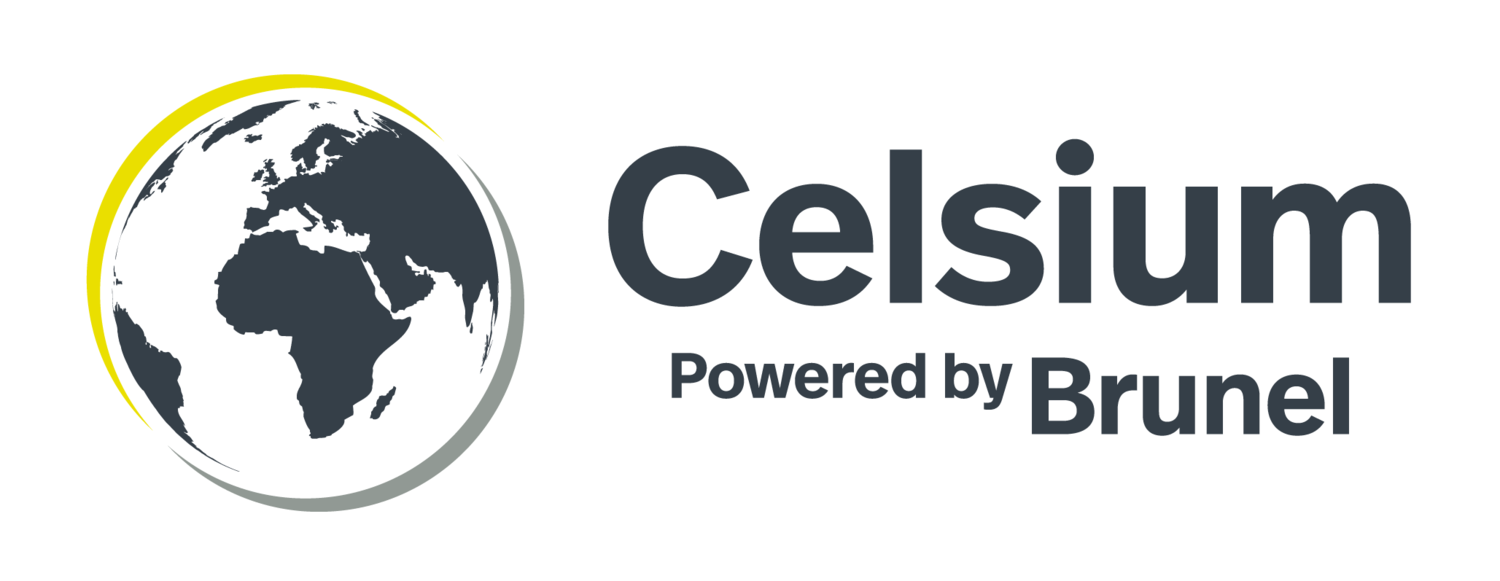The State Department today issued the October Visa Bulletin in a revised format that will affect the procedures under which certain employer-sponsored foreign nationals and their eligible dependents may submit an application for adjustment of status to permanent residence, as well as applications for interim work and travel authorization.
The revised Visa Bulletin, implementing a facet of the administrative action on immigration announced by the President and the Secretary of Homeland Security last November, is intended to alleviate some of the hardships of lengthy immigrant visa backlogs. It is also intended to improve the process for determining immigrant visa demand, minimize visa retrogression, and help to ensure that all available immigrant visas are issued each year.
Under the prior format of the Visa Bulletin, an employer-sponsored foreign national could file an application to adjust status (or an application for an immigrant visa abroad) once his or her priority date was “current” in the Visa Bulletin for his or her native country and preference category. A foreign national’s priority date – i.e., the date on which a labor certification (if required) or a Form I-140 immigrant worker petition was filed on his or her behalf – is current if it falls before the cut-off date listed in the Visa Bulletin.
The reformed Bulletin now lists two cut-off dates for each backlogged employment-based preference category and country: (1) an “application final action” date, as has always been reported in the Bulletin; and (2) a new “date for filing visa applications,” the cut-off for eligibility to submit an application for adjustment of status or an application for an immigrant visa.
APPLICATION FINAL ACTION DATES
An employer-sponsored foreign national whose priority date is earlier than the application final action date for his or her country and employment-based preference category will be eligible for final agency action to issue an immigrant visa, subject to government processing times. Those with a pending or approved Form I-140 immigrant worker petition can submit an application for adjustment of status or an immigrant visa. Others with a current priority date can file an I-140 and adjustment application concurrently.
In October 2015, final action dates will advance by six years for EB-2 China, but will retrogress by eight months for EB-2 India. EB-3 final action dates will advance by nearly seven years for China and just over two years for the Philippines, but will retrogress by more than nine months for India. For all other countries, EB-3 will remain unchanged from the September Visa Bulletin. EB-5 will advance by six weeks for China, but for the EB-5 Regional Center Pilot Program, immigrant visas will be unavailable unless Congress reauthorizes the program, which expires on September 30, 2015.
DATES FOR FILING VISA APPLICATIONS
A foreign national whose priority date is earlier than the application filing date for his or her country and employment-based preference category may submit an application for adjustment of status or an application for an immigrant visa in October 2015, along with his or her eligible dependents. Foreign nationals in this category will still be subject to backlogs before they can attain permanent residence, but may file applications for an employment authorization document (EAD) and travel authorization (advance parole) while they await a green card.
WHAT VISA BULLETIN REFORM MEANS FOR EMPLOYERS AND FOREIGN NATIONALS
The following are answers to frequently asked questions for foreign nationals eligible to file an application for adjustment of status under the reformatted Visa Bulletin. This FAQ will be updated as the State Department and USCIS issue information about application filing under the revised Bulletin.
How long will foreign nationals be able to rely on the application filing window remaining open?
The application filing opportunity is expected to be available only in the early part of the fiscal year. A foreign national whose priority date is current for application filing in October must be sure to file a complete Form I-485 adjustment of status application package with USCIS by October 30, 2015 to benefit. Though the application filing window may remain open after October 2015, this is not at all guaranteed.
Does the Visa Bulletin format change mean that applicants will be issued green cards any earlier?
No, foreign nationals will not get through the permanent residence backlog any more quickly. The reformatted Visa Bulletin just affects the date by which people may file applications to adjust status.
Are dependents eligible to submit an adjustment application along with a principal employer-sponsored foreign national whose priority date is current for application filing?
Yes. The principal’s spouse and unmarried children under the age of 21 are eligible to file an adjustment application with the principal. Each family member must submit his or her own application.
Must applicants be physically present in the United States in order to file an adjustment of status application?
Yes. A foreign national must be physically present in the United States in order to file an applicant for adjustment of status. Overseas spouses of adjustment applicants should consult with a legal professional to determine whether it is appropriate to enter or reenter the United States in order to be included in the principal’s adjustment application.
What must be included in an application for adjustment of status?
Foreign nationals should contact their designated immigration team for instructions on the personal and family information and documents they will need to provide for each adjustment application.


